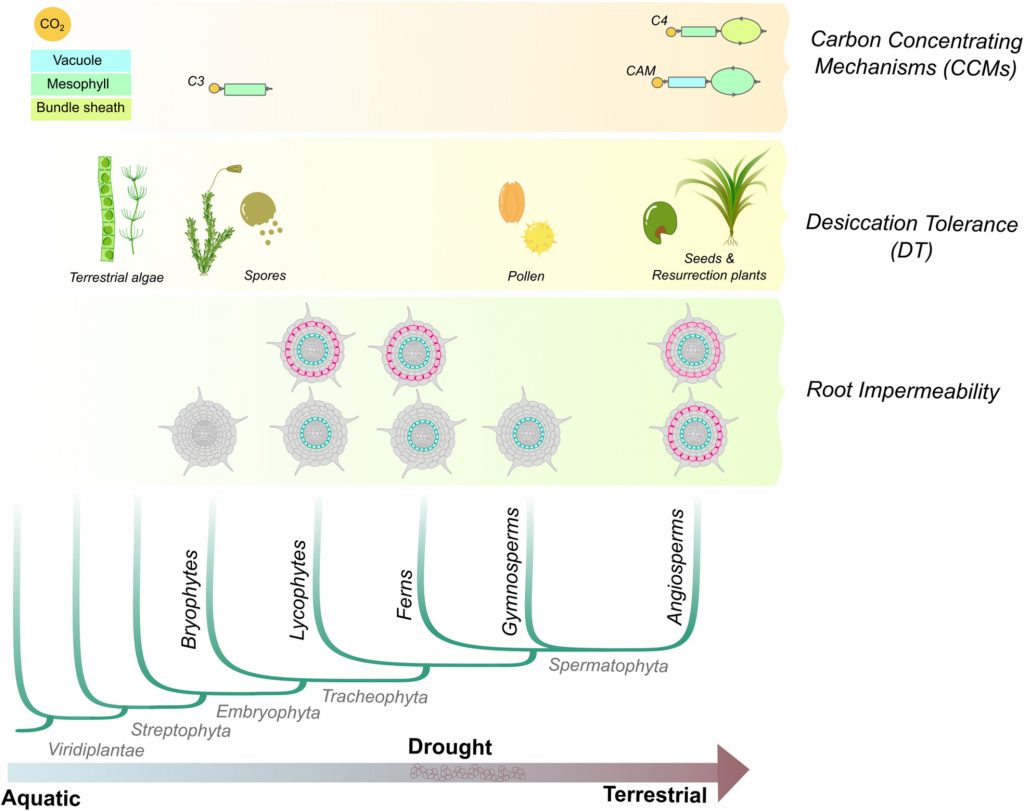
Review: Convergent evolution of gene regulatory networks underlying plant adaptations (Plant Cell Environ.)
Plant Science Research WeeklyThe transition from aquatic to terrestrial habitats exposed plants to low water availability, high light, radiation, and other environmental challenges. To overcome these challenges, plants developed morpho-physiological adaptations to tolerate dry environments and make photosynthesis more efficient.…

Complex networks of prion-like proteins reveal cross talk between stress and memory pathways in plants (Front. Plant Sci.)
Plant Science Research WeeklyPrions were first identified as the infectious protein agents causative of Creutzfeldt-Jakob disease or bovine spongiform encephalopathy (mad cow disease); when individuals eat something containing these prion proteins, the prion proteins induce conformational changes in their brains leading to neurological…

PIFs link environmental changes with chromatin dynamics (Nature Genetics)
Plant Science Research WeeklyPHYTOCHROME INTERACTING FACTORS (PIFs) play a pivotal role in mediating the responses of plants to various environmental stimuli. Although the importance of PIFs in shade avoidance response is well known, the relative contributions of different PIFs have not been discretely determined. In a recent study,…
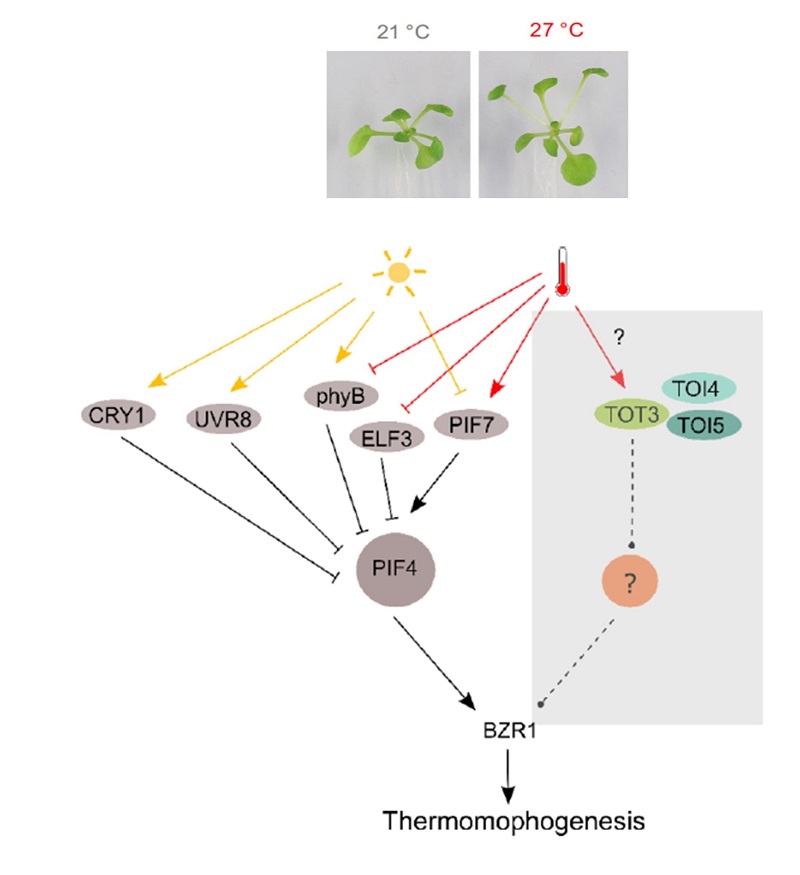
A TOTally new pathway regulating thermomorphogenesis (Nature Comms)
Plant Science Research WeeklyIncrease in ambient temperature often causes remarkable changes in the shape and organization of plant body, including elongation of hypocotyl and petioles, early flowering, and reduction in stomatal index, collectively known as thermomorphogenesis. Virtually all the molecular pathways that are known…
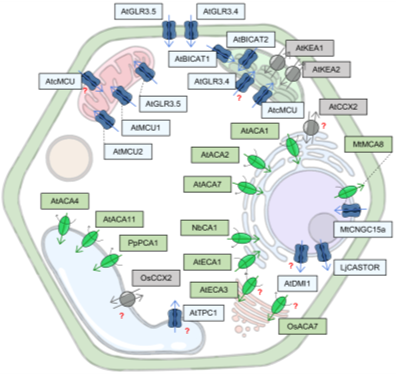
Review: One cell, many signatures: Organellar Ca2+ signaling (Plant Physiol.)
Plant Science Research WeeklyCalcium ions (Ca2+) occupy a primary position in plant cell signaling processes by virtue of their role as the so-called second messengers. Ca2+ signaling underlies plant response to various abiotic, biotic and developmental cues. Whilst this Ca2+ signaling was thought to predominantly occur in the cytoplasm,…

Plantae Presents: Sophia Stone and Sjon Hartman
Blog, Plantae Presents, Research Skills0 Comments
/
Plantae Presents: Sophia Stone and Sjon Hartman
Recorded April 14
Sophia Stone: The ubiquitin-proteasome system at the crossroads of abiotic and biotic stress tolerance
Sophia Stone earned her PhD at York University, Canada, and completed an HFSP long-term fellowship at the University…

Review: Can smart nutrient applications optimize the plant's hidden half to improve drought resistance? (Physiol. Plant.)
Plant Science Research WeeklyThe root system has three key functions: support/anchoring, uptake of water, and uptake of nutrients. Many questions remain about how roots integrate all of these functions into the architecture of a single system. Here, Bardhan et al. explore whether modifying the nutrient environment (hence root’s…
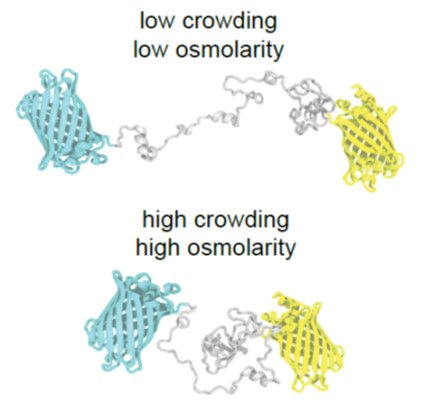
Measuring the physical-chemical effects of osmotic stress in living cells (bioRxiv)
Plant Science Research WeeklyThe osmotic state of a cell is affected by internal (metabolite content) and external (water availability) factors. Recent work by Cuevas-Velazquez and colleagues describes the design of a FRET-based biosensor that allows dynamic monitoring of osmotic stress in living cells. They exploited features of…
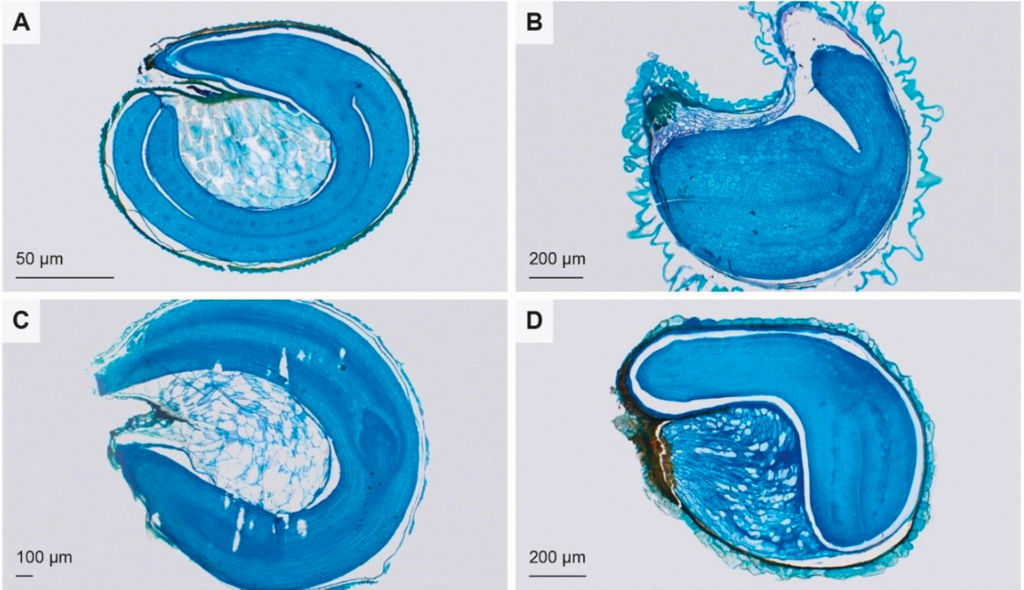
Evolution and ecology of seed internal morphology in relation to germination characteristics in Amaranthaceae ($) (Ann. Bot.)
Plant Science Research WeeklySeed germination, a critical life stage in a plant's life cycle, can be affected by internal seed morphology. In this exciting research, Vandelook and colleagues investigated the evolution of embryo and nutritive tissue characteristics and their relationship with the germination traits of 84 species…

